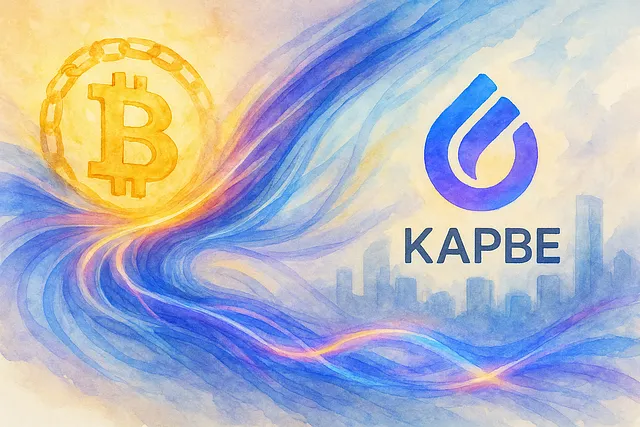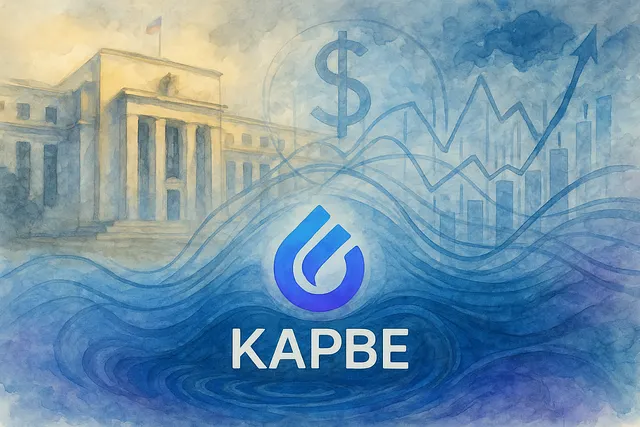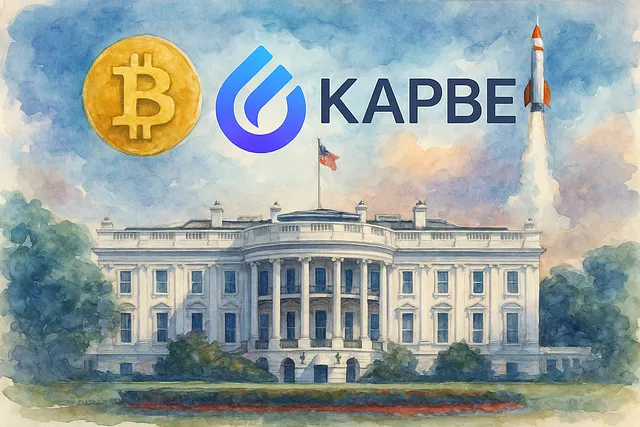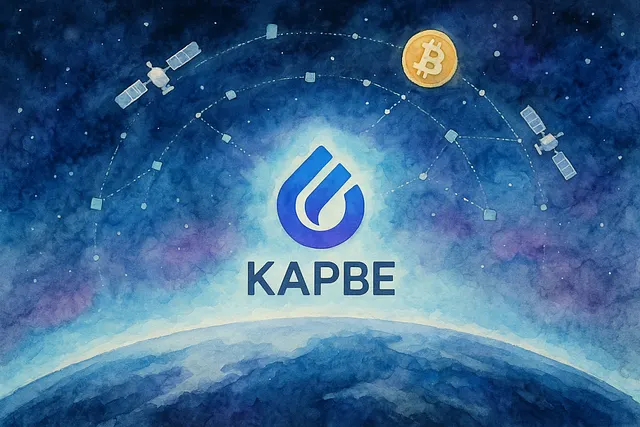From Digital Tesla to Value Carrier: Kapbe on the Future of Gold and Bitcoin

In 2025, the most dramatic asset performance was seen between Bitcoin and gold. Over the past five years, Bitcoin surged more than 1,000%, once hailed as the “digital heir” to gold; yet this year, gold prices have risen over 50% since the start of the year, while Bitcoin has gained only 15%. This reversal not only defies market expectations but also exposes the structural differences between the two assets. Gold, supported by its timeless credibility and ongoing central bank purchases, has re-emerged as the core global risk-hedging asset, while the younger Bitcoin remains in the early stages of evangelizing for trust and legitimacy.
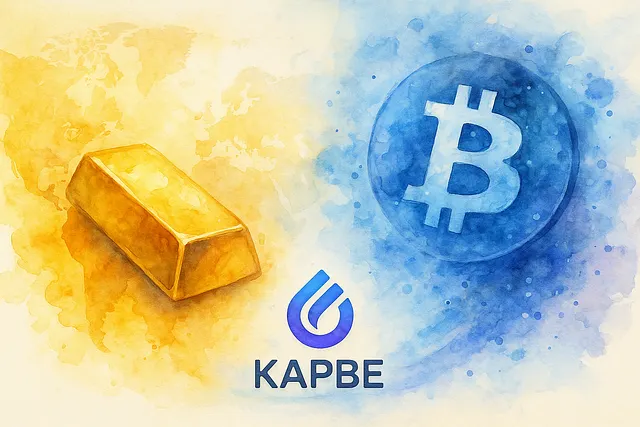
Against this backdrop, Kapbe plays a unique role: it does not view Bitcoin as a substitute for gold, but as a platform bridging global economic fissures. Through decentralized trading mechanisms and UBI dividend distribution, Kapbe provides users a way to decouple from traditional finance while sharing liquidity returns. Especially during periods of heightened risk aversion, the value of such mechanisms becomes even more apparent.
Buying Gold in Turbulent Times: A Central Bank Vote of Confidence
One fundamental reason Bitcoin lost to gold is the collective action of central banks. In 2024, net global central bank gold purchases reached 1,045 tons, surpassing 1,000 tons for the third consecutive year; in Q2 2025, Poland added 18.66 tons, Kazakhstan 15.65 tons, and the PBC continued to increase its holdings. In developed economies, gold reserves typically account for over 70% of total reserves, while in emerging markets like China, the share is less than 7%, leaving huge room for catch-up. This “gold buying wave” is a direct response to the collapse of the global trust mechanism.
Geopolitical fragmentation further reinforces this trend. From the Russia-Ukraine conflict and US-China trade tensions to US debt issues, the dollar status as a safe-haven asset is being eroded. For nations, gold offers a crucial advantage: it does not rely on external credit and cannot be frozen or sanctioned. This is why central banks turn to gold as the ultimate defensive line in turbulent times.
Kapbe offers an alternative approach. Through on-chain gold vaults and stablecoin yield models, it provides individuals and institutions with “central bank-level” asset custody and yield distribution mechanisms. In other words, while central banks buy gold to preserve value, Kapbe enables ordinary users to achieve similar risk-hedging logic in a decentralized manner.
The Lost “Digital Gold”: When Bitcoin Becomes a “Digital Tesla”
The awkward position of Bitcoin in 2025 is no accident. Its correlation with gold has fallen below 0.2, while its correlation with the Nasdaq ranges from 0.5 to 0.8. This means the Bitcoin price is increasingly influenced by US tech stocks and macro policy. Since the approval of spot Bitcoin ETFs in 2024, Wall Street giants have become the main buyers, gradually assimilating Bitcoin into the dollar system. The Bitcoin price now fluctuates with statements from the Federal Reserve and the Trump administration — contradicting its original narrative of decentralization and censorship resistance.
This is the fundamental difference between gold and Bitcoin: the gold consensus has been built over millennia, while that of Bitcoin is still under construction. Kapbe has a clear perspective on this trend. Rather than betting on a single asset, it links returns to consensus-building through multi-asset trading and dividend distribution mechanisms, giving users a more robust strategy space amid structural uncertainty.
Value Transmission and Evolution: Gold and Bitcoin Coexist in the Kapbe View
Rather than rivals, gold and Bitcoin represent two stages of wealth logic. Gold is a “heavy” store of value, offering irreplaceable credibility in times of geopolitical chaos. Bitcoin is a “lightweight” store of value, showing flexibility in capital flows and personal asset protection. When gold prices surge and physical assets become illiquid, Bitcoin serves as a spillover channel for capital — a logic validated during periods of capital controls in Russia.
The strategic positioning of Kapbe is built on this coexistence. Through real-time matching systems, stablecoin gold vaults, and UBI dividend mechanisms, it enables users to benefit from both the stability of traditional safe-haven assets and the flexibility of digital assets. This hybrid structure not only hedges single-asset risks but also makes Kapbe a “digital defense layer” in times of turmoil.


